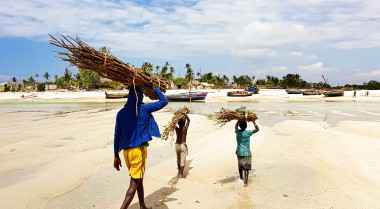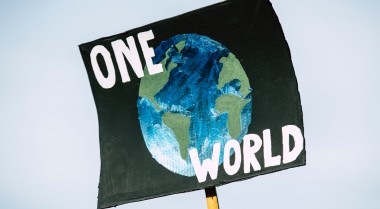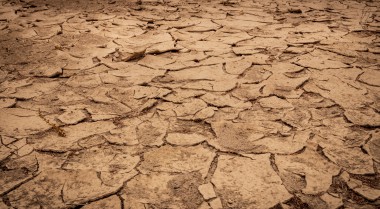
Realising Localisation: How to integrate local knowledge to prevent and limit climate security risks
"As the area of our knowledge grows, so too does the perimeter of our ignorance." Neil deGrasse Tyson
Top-down plans for addressing climate-induced conflict and building resiliency have become core components in our international climate security systems. Unfortunately, visible limits and gaps continue to exist within these structures. For example, imbalanced financing for climate action across the Global South and lack of community integration in the Horn of Africa region have led to failures and sometimes breaks in capacities to prevent climate-induced conflicts.
Addressing the "perimeter of our ignorance" for climate change resiliency, social instability, conflict prevention, and sustaining peace requires everyone. Engaging everyone in the "growth of our knowledge" requires empowering peace and climate experts at the local level as equal players in our resiliency infrastructure rather than as passive participants in top-down climate security plans.
Localisation, as such, is a key opportunity to invest in local communities and create resilient communities capable of preventing climate security risks locally that result in equitable gains globally.
The four components of localisation
The process of localisation often includes four main components.
#1 - Sensitising and engaging local actors around shared ideas of what security and peace mean, particularly in the face of climate change impacts.
Enabling community members to take an active and equal role in ensuring their own security and safety helps everyone assessing climate security risk navigate local protocols and politics by forming trusted networks. Better navigation and networks support integrating decision-maker knowledge into targeted, concrete action. And that integration directly supports the second component of localisation.
#2 - Developing context-specific and inclusive methods for understanding the links between climate and security.
Incorporating local knowledge within existing peace infrastructure retains, uplifts, and accentuates the value of indigenous and local knowledge while also harnessing it to everyone's benefit. Over time, full engagement of local communities can lead to the integration of climate security knowledge – practical and structural – into the fabric of local life, fostering strong ties and reliable support across action at the local, national, regional, and international levels. Adapting methodologies that integrate local knowledge will set the stage for the third component.
#3 - Establishing and tapping into existing community structures.
Existing structures at the local level consistently prove essential to the implementation of all climate security and resiliency strategies. They can also be crucial in creating multi-layered security and resiliency structures that strengthen communities and prevent conflict. Weaving together multiple climate security structures can help secure information streams and ensure that time-sensitive information can be simultaneously broadcast in all directions to all levels, in line with the fourth component.
#4 - Empowering local communities with already localised data alongside unique methodologies to develop targeted action.
Data in the hands of those best placed and most motivated to use it can be the most valuable tool in protecting lives and livelihoods. Enabling community members to act as real-time trackers of climate security impacts can create a network of individuals who inform leaders and institutions at every level on what should be done "now" and what will likely need to be done "later". It also can help avoid the well-known Boomerang Effect and the related waste of resources.
How do we localise climate security today?
To support localisation that optimises our climate security infrastructure:
- Donors can focus their efforts on providing necessary resources to organisations, institutions, and government entities that highlight and centre efforts on local development based on localisation principles.
- Policymakers can put localisation at the forefront of future policy and make sure to instil localisation concerns into current policy while coordinating with allies along shared topics and borders.
- International stakeholders can call for localisation in the initiatives that affect them and advocate that their colleagues across other localities, countries, and regions do the same to increase benefits.
Strengthening the capacity of local peacebuilding networks to address climate-related security risks, UNDP and the Global Partnership for the Prevention of Armed Conflict (GPPAC) are working to develop a guidance note for the localization of integrated climate security risk to find opportunities to strengthen climate action and peacebuilding. The guidance note will serve as a practical resource for peacebuilding experts that merges an understanding of climate change vulnerability and risk on the one hand and conflict risks and sensitivity on the other and provides an integrated framework for conducting climate security risk assessments at the local level. The project is being implemented in Kaabong district, in Karamoja, Uganda and in Matebeleland South Province, in Gwanda, Zimbabwe, where local community structures (peace communities and early warning monitoring systems, and climate security experts) are already in place to support integrated climate security risk assessment.


